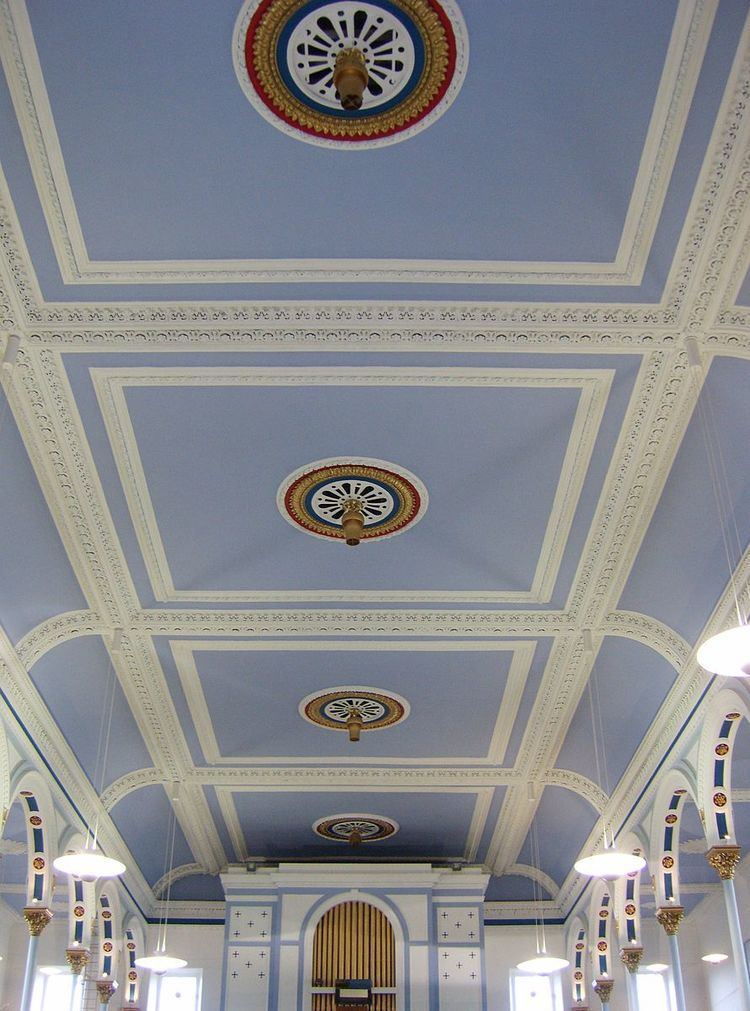 | ||
Thermal destratification is the process of mixing the internal air in a building to eliminate stratified layers and achieve temperature equalisation throughout the building envelope. It is the reverse of the natural process of thermal stratification, which is the layering of differing (normally rising) air temperatures from floor to ceiling.
Contents
Temperature differentials
In a stratified building, temperature differentials of up to 10°C can be found over a height of 10 metres on average. In extreme cases, temperature differentials of 10°C have been found over a height of 1 meter. In a destratified building, temperature differentials can be reduced to 1 - 2°C or less from floor to ceiling.
An experiment with a 3-meter high room yielded a temperature difference of 0.86°C following installation of destratification fans. Computational fluid dynamics may be used to calculate the distribution. In the United States, ASHRAE Standard 55 prescribes 3°C as the limit for the vertical air temperature difference between head and ankle levels.
Benefits of destratification
This method has the most benefits through its application in the heating, ventilation, and air conditioning (HVAC) industry and in heating and cooling for buildings and it has been found that "stratification is the single biggest waste of energy in buildings today." By incorporating thermal destratification technology into buildings, energy requirements are reduced as heating systems are no longer over-delivering in order to constantly replace the heat that rises away from the floor area, by redistributing the already heated air from the unoccupied ceiling space back down to floor level, until temperature equalisation is achieved. With regards to cooling destratification systems ensure the cooled air supplied is circulated fully and distributed evenly throughout internal environments, eliminating hot and cold spots and satisfying thermostats for longer periods of time. As a result, destratification technology has great potential for carbon emission reductions due to the reduced energy requirement, and is in turn capable of cutting costs for businesses, sometimes by up to 50%. This is supported by The Carbon Trust which recommends destratification in buildings as one of its top three methods to reduce carbon dioxide emissions.
